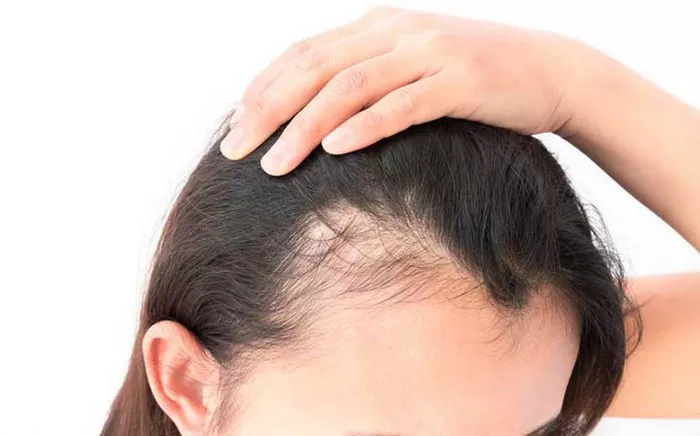Hair transplants have emerged as a popular solution for individuals seeking to address hair loss and restore their hairline. Understanding the success rate of hair transplants is crucial for individuals considering the procedure. In this comprehensive guide, we will explore the factors that contribute to the success of hair transplants, evaluate success metrics and expectations, and discuss nurturing techniques to achieve soft and silky hair post-transplant. By providing insights into the success rates and nurturing practices, we aim to empower individuals with the knowledge needed to make informed decisions about hair restoration options.
Understanding Hair Transplant Success
The success of a hair transplant is measured by the growth and survival of transplanted hair follicles. A successful transplant achieves natural-looking results, improved hair density, and a restored hairline. However, it’s important to note that individual experiences may vary, and realistic expectations are crucial when assessing the success of the procedure.
Factors Affecting Hair Transplant Success Rates
Several factors can influence the success rate of a hair transplant. These factors include:
Surgical Technique:
The choice of surgical technique, such as Follicular Unit Extraction (FUE) or Follicular Unit Transplantation (FUT), can impact the success of the procedure. Both techniques have high success rates when performed by experienced surgeons.
Surgeon’s Skill and Experience:
The skill and experience of the surgeon performing the transplant play a significant role in the success rate. Surgeons with a proven track record and extensive experience in hair transplantation can deliver optimal results.
Donor Area Quality:
The quality and characteristics of the donor hair, such as density, texture, and hair follicle health, can affect the success of the transplant. Adequate donor hair availability is essential to achieve desired outcomes.
Post-Operative Care:
Following proper post-operative care instructions is crucial for the success of the transplant. Patients must adhere to guidelines provided by the surgeon, including medication, hair care, and lifestyle recommendations.
Evaluating Success: Metrics and Expectations
Success metrics for hair transplants include:
Hair Growth and Density:
The primary measure of success is the growth and density of transplanted hair. Typically, visible hair growth can be observed within several months after the procedure. Over time, the transplanted hair should blend seamlessly with existing hair, creating a natural-looking result.
Natural Hairline:
The successful restoration of a natural hairline is a significant indicator of a successful hair transplant. The hairline should be carefully designed to complement facial features and replicate a natural hairline pattern.
Patient Satisfaction:
Ultimately, the satisfaction of the patient with the final outcome is a critical factor in evaluating the success of a hair transplant. Meeting realistic expectations and achieving the desired aesthetic goals contribute to overall satisfaction.
It’s important to note that the success rate of hair transplants varies based on individual factors and cannot guarantee 100% success for every case. Consulting with a reputable hair transplant surgeon is essential for a comprehensive evaluation and personalized assessment of success expectations.
Nurturing Transplanted Hair for Softness and Silkiness
To achieve soft and silky hair after a hair transplant, nurturing techniques should be implemented:
Gentle Hair Care:
Use mild shampoos and conditioners recommended by your surgeon to maintain the health and softness of transplanted hair. Avoid aggressive rubbing or scratching of the scalp during washing and drying.
Scalp Massage:
Gently massage the scalp to stimulate blood circulation and nourish the transplanted hair follicles. Be careful not to apply excessive pressure to the newly transplanted area.
Nutrient-Rich Diet:
Maintain a balanced diet rich in vitamins, minerals, and proteins to support overall hair health. Adequate nutrition plays a vital role in the growth and quality of transplanted hair.
Regular Follow-ups:
Regularly visit the hair transplant surgeon for follow-up appointments to assess the progress of the transplant, receive personalized advice, and address any concerns.
Conclusion:
The success rate of hair transplants is influenced by various factors, including surgical technique, surgeon’s skill and experience, donor area quality, and post-operative care. While individual experiences may vary, understanding success metrics and managing expectations is crucial. Nurturing techniques such as gentle hair care, scalp massage, a nutrient-rich diet, and regular follow-ups can contribute to achieving soft and silky hair post-transplant. Consulting with a reputable hair transplant surgeon is key to obtaining a comprehensive assessment and personalized recommendations for successful outcomes.


